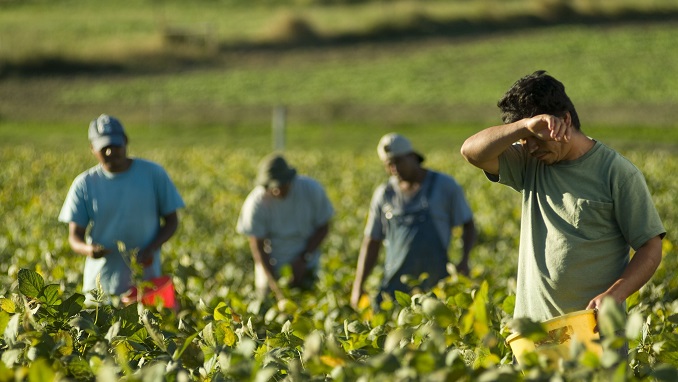Global prices for basic foods climbed, fuel costs rose as a result of the conflict in Ukraine, and fertilizer prices fell as a result of lower seasonal demand. Prices are still higher than the five-year average and in excess of 2021, a report says. The supply on international markets was enough.
Central Asia
The wheat harvests in Kazakhstan (13.2 MMT) and Tajikistan (852,000 MT) in Central Asia were close to average, and in Uzbekistan they were marginally above average (6.1 MMT). Despite the UN-mediated cease-fire in Yemen expiring in October, the war did not worsen. While prices for wheat flour, rice, and vegetable oil somewhat decreased in Sana’a city, the stability allowed for ongoing commodity availability and stable prices there.
West Africa
With the ongoing primary harvests, staple food prices in West Africa decreased. However, in areas of the Sahel impacted by insecurity and flooding, costs increased. Overall, prices remained substantially higher than the five-year norm because of the low supply levels, increased demand for humanitarian aid and replenishment, numerous trade restrictions, and ongoing insecurity. Strong export demand, high international commodity prices, a dramatic increase in fuel prices, and falling currencies all contributed to the coastal nations’ above-average pricing.
East Africa
Due to the impending commencement of the ongoing October to January harvest, staple food prices in East Africa remained constant in important marketplaces. Due to restricted supplies, prices rose in the majority of marketplaces in Burundi and Uganda; however, prices actually decreased in a few areas in Sudan as old stockpiles were released into the market to make room for new supplies. Due to currency depreciation, production and marketing costs, and the effects of the war in Ukraine, which interrupted the supply of petroleum, fertilizer, and other commodities, prices remained high. The state of the rangelands has an impact on livestock prices.
Southern Africa
Due to dropping stock-to-use ratios and robust export demand to East Africa, maize prices in Southern Africa increased seasonally in October across most markets and stayed above the previous year’s and five-year averages. Due to elevated global commodity prices, erratic currency exchange rates, and interruptions in the global supply chain, the region experienced a sharp increase in inflation in October. Due to a below-average crop in 2022, decreasing stocks, increasing export demand, and erratic global commodity markets, maize grain prices are predicted to rise throughout the region until the April harvest. The Black Sea grain agreement’s uncertain future will remain a major factor in price increases.



